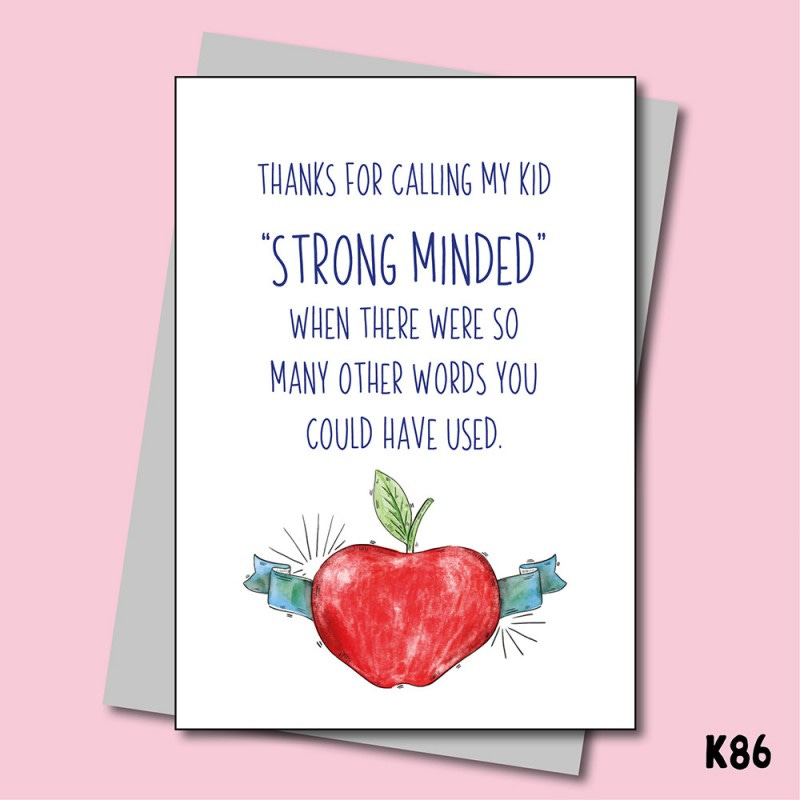Anam and her parents are talking. They ask her to join basketball. She says “ I don’t want to join basketball, I want to play football!” Her parents tell her that the basketball field is much closer and easier for them. However, Anam refuses to budge and says “No! I want to play football!”
What can Anam’s parents do?
Here, they have two choices.
They either call her stubborn and tell her to listen to them.
Or, they try and find out why Anam is behaving this way.
Either way, Anam expressing her opinion and “being stubborn” is actually a good thing.
Wait, how is being stubborn good?
Being stubborn means you believe in something and are not afraid to fight for it. This shows assertiveness and being strong-willed.
How do I identify if it’s assertiveness?
Root cause- Ask a child, “Why do you want to do this in the first place?” Listen to their reasoning. Then help them see whether it is urgent or can it be postponed for later. This helps breakdown the stubborn behavior and think logically instead.
Evaluate- Think for yourself “What’s the worst that could happen?” Sometimes we need to choose our battles. If we let the child do want they want, will they harm themselves or someone else? Sometimes we need to trust a child and let them follow their heart.
Accountability- If a child still wants to do what they want, ask them “Are you willing to take responsibility for your actions?” Tell them that if something goes wrong you are here for them, but at the same time, they need to own up. This helps a child re-evaluate if they are doing something wrong.
Outcome- Finally, ask a child “What do you want from this?” This tells you what they want from their decisions and help a child think if they are being stubborn or this is something they really want to do.
Strong-willed kids want to do things according to their will. This can be a good trait but sometimes it can be frustrating too. The aim is to channelize their energy into something positive and not label them as bossy.
How do we channelize it?
Patience- The concept of “no” and waiting is an important part of life. Set expectations and help kids plan by asking “ What do you want to do while we wait?” This helps children understand how to deal with their free time and be patient. This also tells them that they can choose to handle this waiting time on their own.
Expressing- If a child is feeling irritated they might say “Give this to me right now” or “You have to do as I say!”. Recognize that they might be coming from a feeling of urgency and say, “ That’s not how we express ourselves, can we say it in a kinder way?”. Teach them the difference between being bossy and being assertive.
Avoid power struggle- Instead of using authority and saying “I am your parent, you have to listen to me!” try giving them a choice. For example, if a child is struggling with homework say “You can choose to do it right now or you can choose to do it after dinner.” This tells the child that they have to complete their work, but they get to decide when to do it. Make sure to follow up after too.
Remember, sometimes we mistake leadership skills for being bossy. It’s time we channelize the bossy behavior and raise good leaders instead.










